If there was a violent clash, the students felt prepared for it. Indeed, some of them welcomed the idea. The Selma march had provoked a ferocious crackdown from the police, and it may have been the televised spectacle of that violent overreaction, as much as anything else, that sparked real change. There was a sense among the students that the most intractable injustice could be undone through peaceful protest: this was 1969, and it seemed that young people around the world were in the vanguard. Perhaps in Northern Ireland the battle lines could be redrawn so that it was no longer a conflict of Catholics against Protestants, or republicans against loyalists, but rather the young against the old – the forces of the future against the forces of the past.
On the fourth and final day of the march, at a crossroads ten miles outside Derry, one of the protesters shouted through a megaphone, ‘There’s a good possibility that some stones may be thrown.’ It appeared there might be trouble ahead. More young people had joined the procession over the days since it departed Belfast, and hundreds of marchers now filled the road. The man with the megaphone shouted, ‘Are you prepared to accept the possibility of being hurt?’
The marchers chorused back, ‘Yes!’
The night before, as the marchers slept on the floor of a hall in the village of Claudy, Major Bunting had assembled his followers in Derry, or Londonderry, as Bunting called it. Inside the Guildhall, a grand edifice of stone and stained glass on the banks of the River Foyle, hundreds of hopped-up loyalists gathered for what had been billed as a ‘prayer meeting’. And there, ready to greet his flock, was Ian Paisley.
A radical figure with a rabid following, Paisley was the son of a Baptist preacher. After training at a fringe evangelical college in Wales, he had established his own hard-line church. At six foot four, Paisley was a towering figure with squinty eyes and a jumble of teeth, and he would lean over the pulpit, his hair slicked back, his jowls aquiver, and declaim against the ‘monster of Romanism’. The Vatican and the Republic of Ireland were secretly in league, engineering a sinister plot to overthrow the Northern Irish state, he argued. As Catholics steadily accrued power and numbers, they would grow into ‘a tiger ready to tear her prey to pieces’.
Paisley was a Pied Piper agitator who liked to lead his followers through Catholic neighbourhoods, sparking riots wherever he went. In his basso profundo, he would expound about how Catholics were scum, how they ‘breed like rabbits and multiply like vermin’. He was a flamboyantly divisive figure, a maestro of incitement. In fact, he was so unsympathetic, so naked in his bigotry, that some republicans came to feel that on balance, he might be good for their movement. ‘Why would we kill Paisley?’ Dolours Price’s mother, Chrissie, had been known to say. ‘He’s our greatest asset.’
Though the population of Derry was predominantly Catholic, in the symbolic imagination of loyalists, the city remained a living monument to Protestant resistance. In 1689, Protestant forces loyal to William of Orange, the new king, had managed to hold the city against a siege by a Catholic army loyal to James II. In some other part of the world, an event of such faded significance might merit an informative plaque. But in Derry, the clash was commemorated every year, with marches by local Protestant organisations. Now, Paisley and Bunting suggested, the student protesters who were planning to march into Derry the following morning might as well be re-enacting the siege.
These civil rights advocates might pretend they were peaceful protesters, Paisley told his followers, but they were nothing but ‘IRA men’ in disguise. He reminded them of Londonderry’s role as a bulwark against papist encroachment. Did they stand ready to rise once again in defence of the city? There were cheers of ‘Hallelujah!’ It was Paisley’s habit to whip a crowd into a violent lather and then recede from the scene before any actual stones were thrown. But as his designated adjutant, Major Bunting instructed the mob that anyone who wished to play a ‘manly role’ should arm themselves with ‘whatever protective measures they feel to be suitable’.
In the darkness that night, in fields above the road to Derry, local men began to assemble an arsenal of stones. A local farmer, sympathetic to the cause, provided a tractor to help gather projectiles. These were not pebbles, but sizable hunks of freshly quarried rock, which were deposited in piles at strategic intervals, in preparation for an ambush.
‘We said at the outset that we would march non-violently,’ Eamonn McCann reminded Dolours and the other protesters on the final morning. ‘Today, we will see the test of that pious declaration.’ The marchers started moving again, proceeding slowly, with a growing sense of trepidation. They were massed on a narrow country lane, which was bordered on the right by a tall hedge. Up ahead was a bottleneck, where Burntollet Bridge, an old stone structure, crossed the River Faughan. Dolours and Marian and the other young protesters continued trudging towards the bridge. Then, beyond the hedges, in the fields above, where the ground rose sharply, a lone man appeared. He was wearing a white armband and swinging his arms around theatrically in an elaborate series of hand signals, like a matador summoning some unseen bull. Soon other figures emerged, sturdy young men popping up along the ridgeline, standing there in little knots, looking down at the marchers. There were hundreds of people on the road now, hemmed in by the hedges, with nowhere to run. More and more men appeared in the fields above, those white bands tied around their arms. Then the first rocks sailed into view.
To Bernadette Devlin, a friend of Dolours who was one of the organisers of the march, it looked like a ‘curtain’ of projectiles. From the lanes on each side of the road, men and boys materialised, scores of them, hurling stones, bricks, milk bottles. Some of the attackers were on the high ground above the road, others behind the hedges alongside it, others still swarming around to head the marchers off at the bridge. The people at the front of the group sprinted for the bridge, while those in the rear fell back to avoid the barrage. But Dolours and Marian were stuck in the middle of the pack.
They clambered over the hedge, but the stones kept coming. And now the men started running down and physically attacking the marchers. It looked to Dolours like a scene from some Hollywood western, when the Indians charge into the prairie. A few of the attackers wore motorcycle helmets. They descended, swinging cudgels, crowbars, lead pipes and laths. Some men had wooden planks studded with nails, and they attacked the protesters, lacerating their skin. People pulled coats over their heads for cover, stumbling, blind and confused, and grabbed one another for protection.
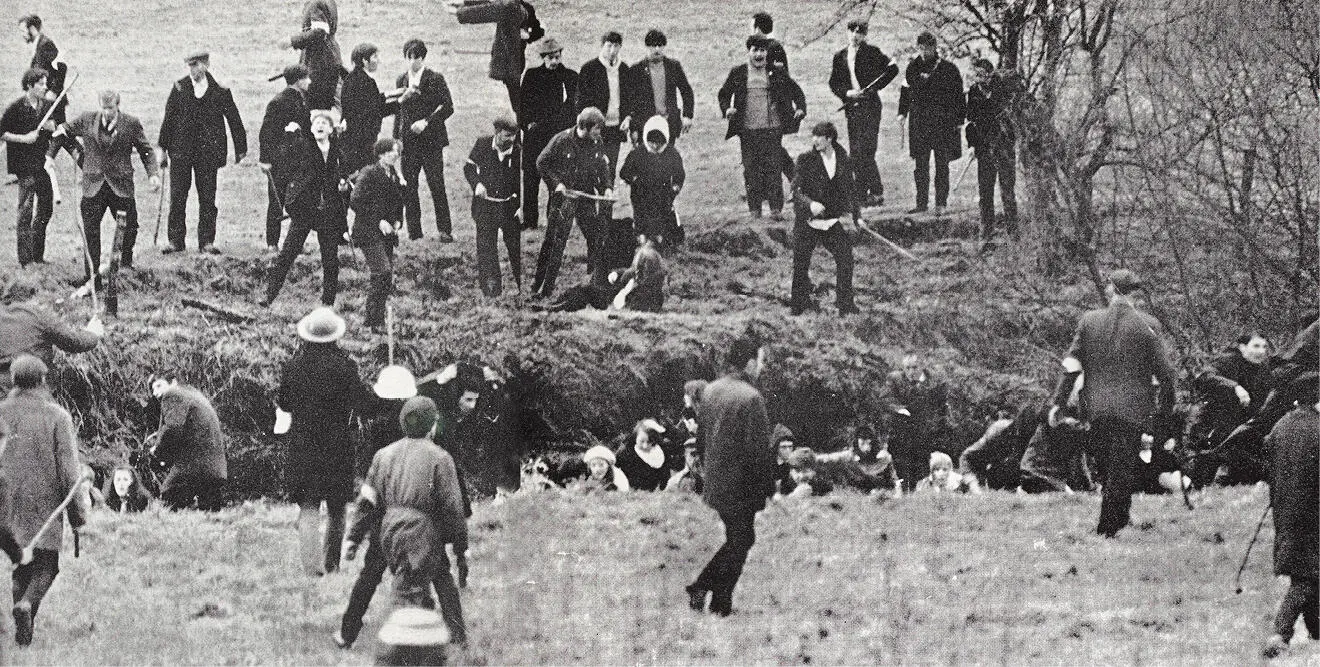
The ambush at Burntollet Bridge
As marchers fled into the fields, they were hurled to the ground and kicked until they lost consciousness. Someone took a spade and smacked a young girl in the head. Two newspaper photographers were beaten up and stoned. The mob seized their film and told them that if they came back, they would be killed. And there in the midst of it all was Major Bunting, the grand marshal, swinging his arms like a conductor, his coat sleeves blotted with blood. He snatched one of the banners from the protesters, and somebody set it on fire.
The marchers did not resist. They had agreed in advance to honour their pledge of nonviolence. Dolours Price found herself surrounded by young people with gashes on their faces and blood running into their eyes. She splashed into the river, the icy water sloshing around her. In the distance, marchers were being pushed off the bridge and into the river. As Dolours struggled in the water, she locked eyes with one attacker, a man with a club, and for the rest of her life she would return to that moment, the way his eyes were glazed with hate. She looked into those eyes and saw nothing.
Читать дальше
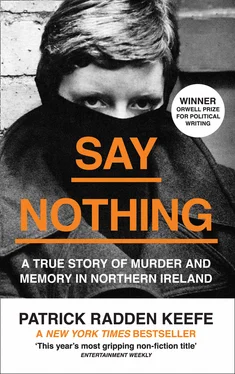

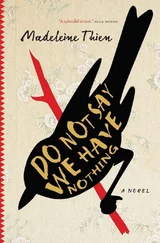
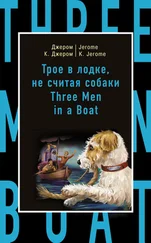

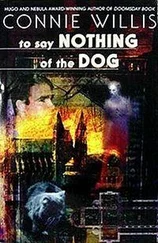
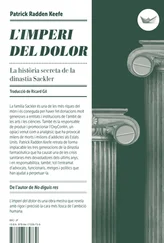
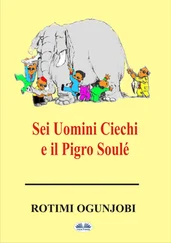

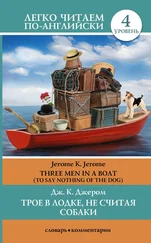



![Helen Rowland - The Widow [To Say Nothing of the Man]](/books/752764/helen-rowland-the-widow-to-say-nothing-of-the-man-thumb.webp)